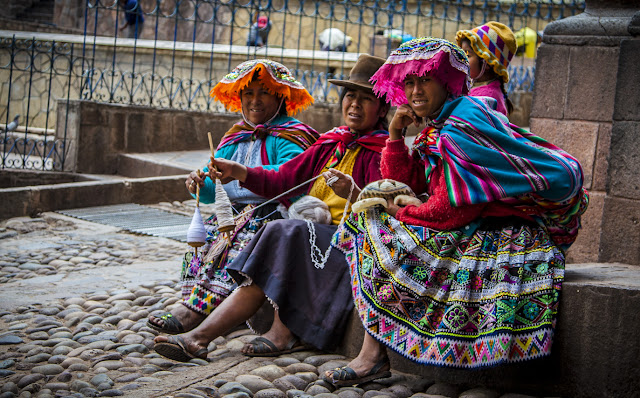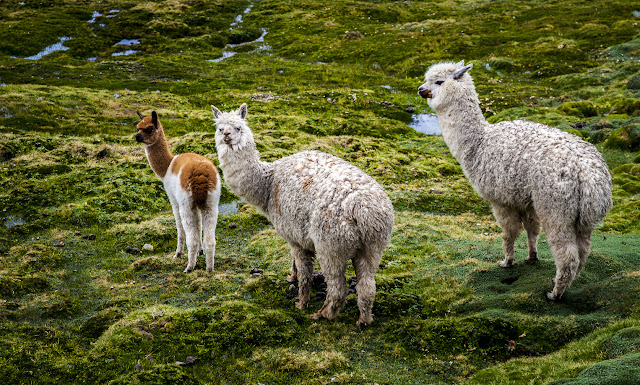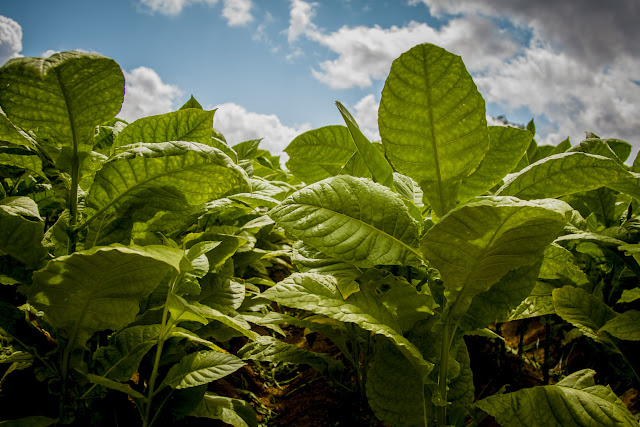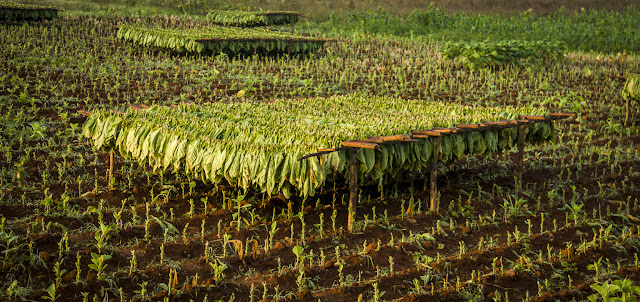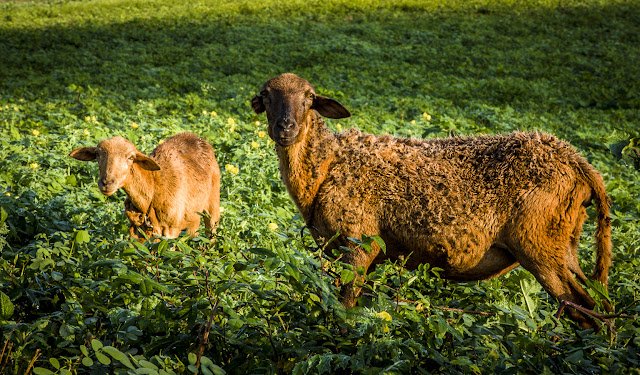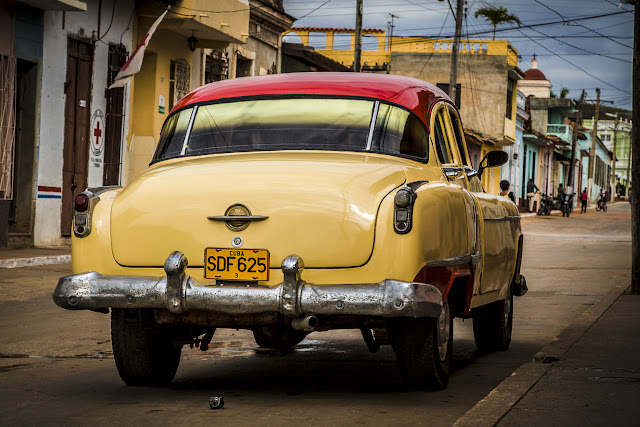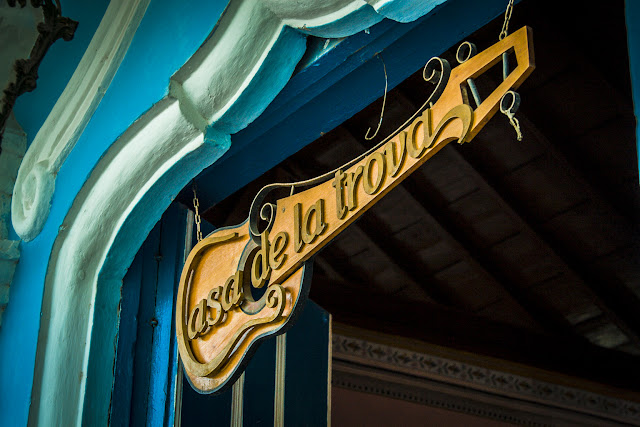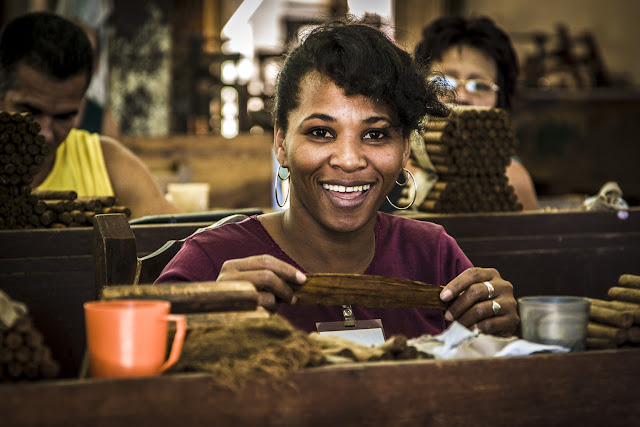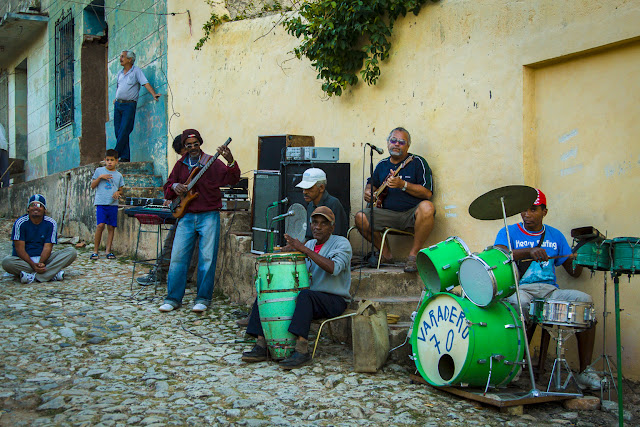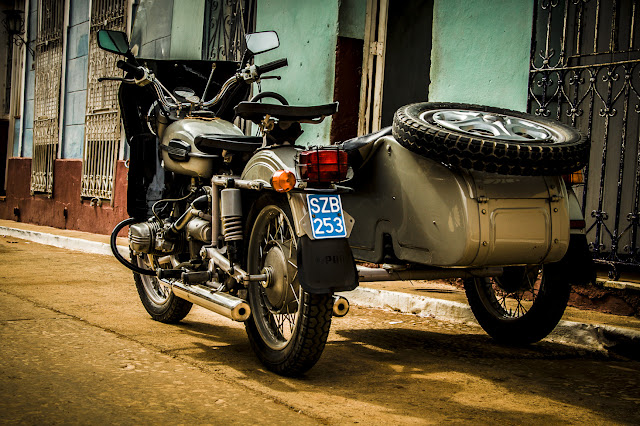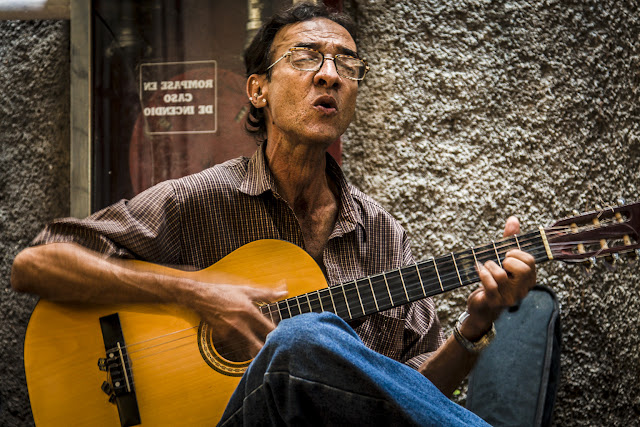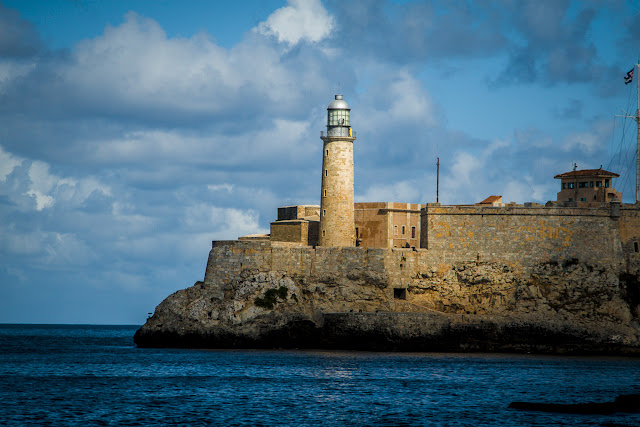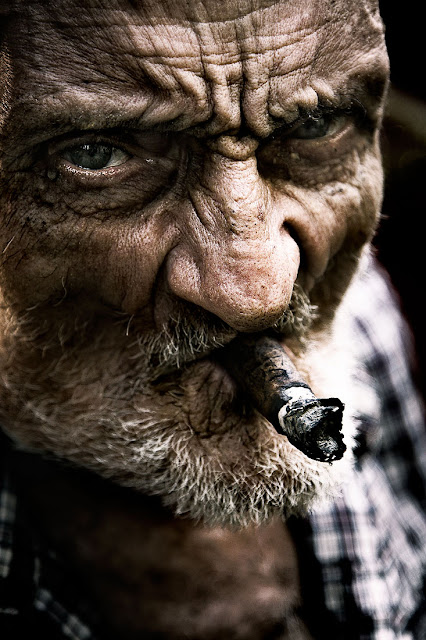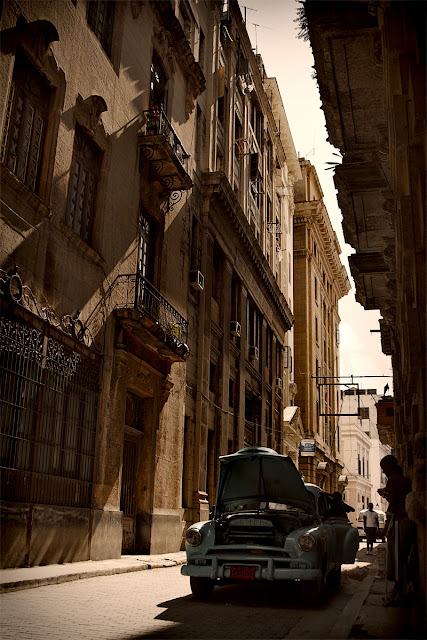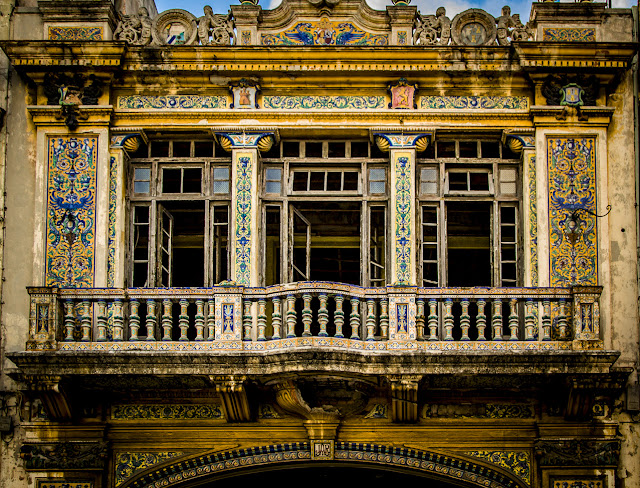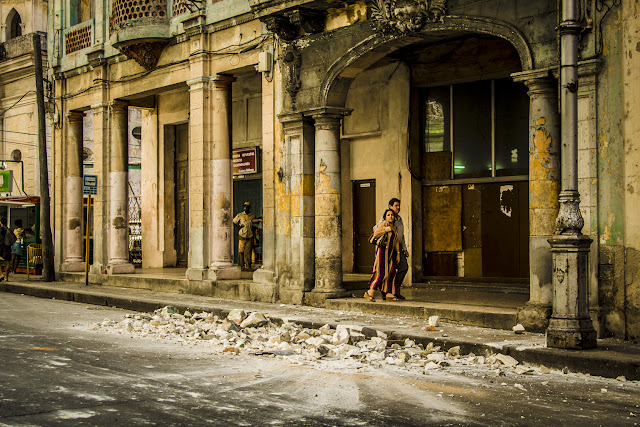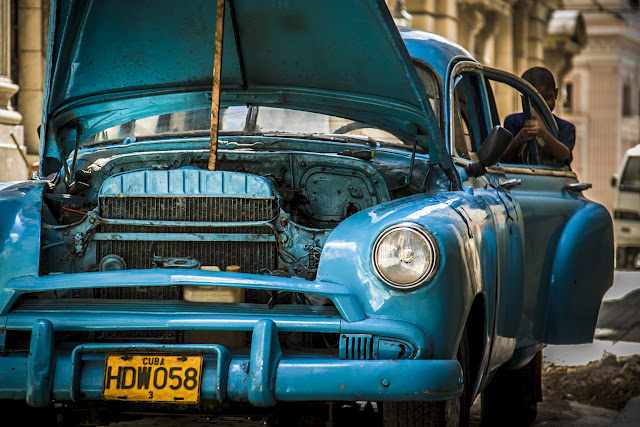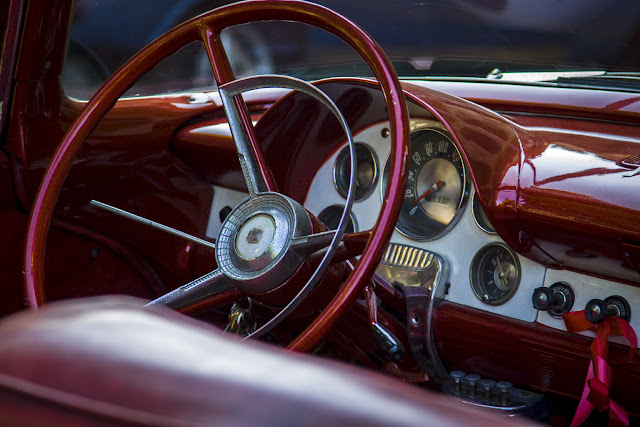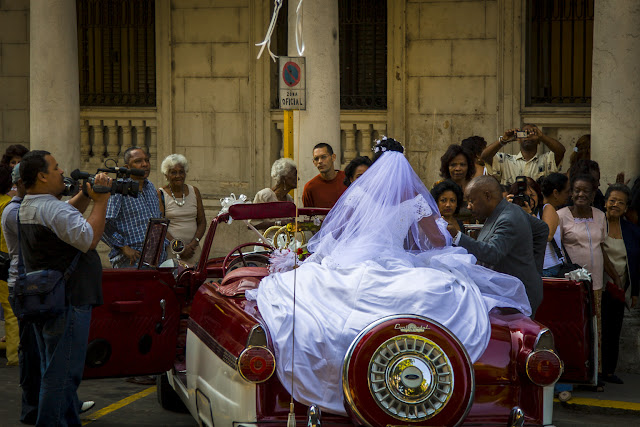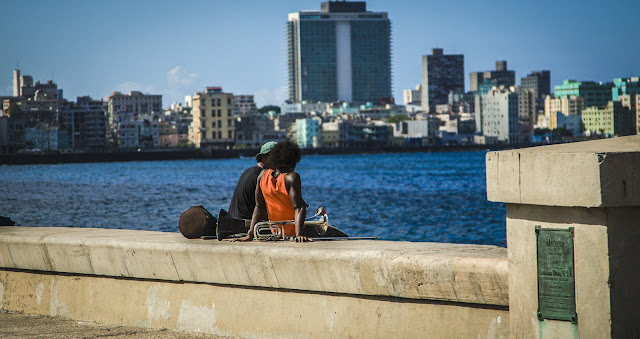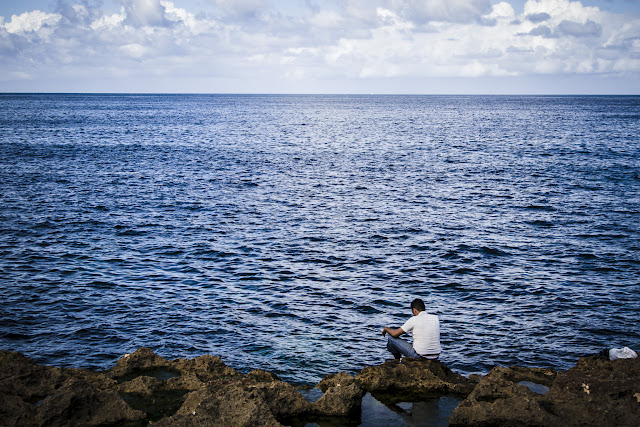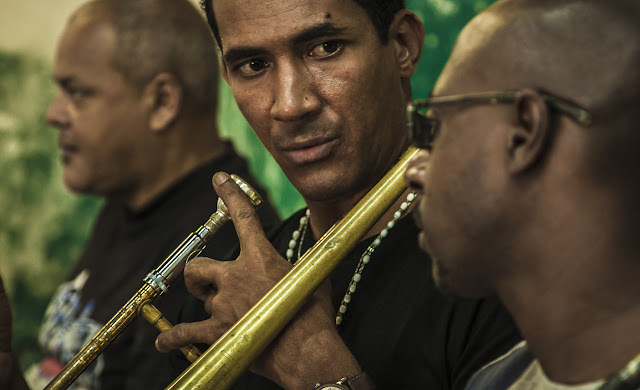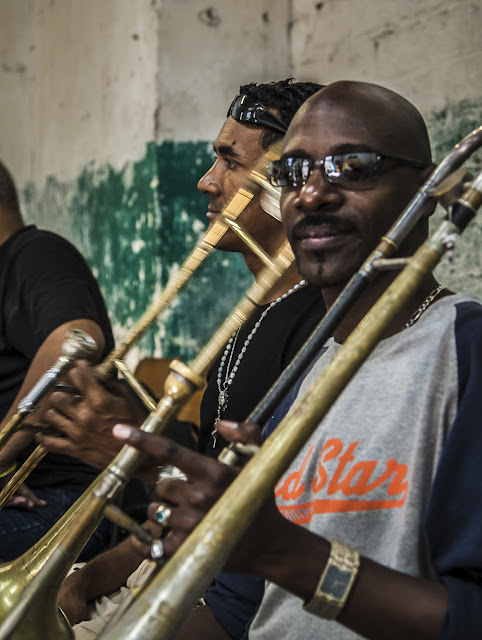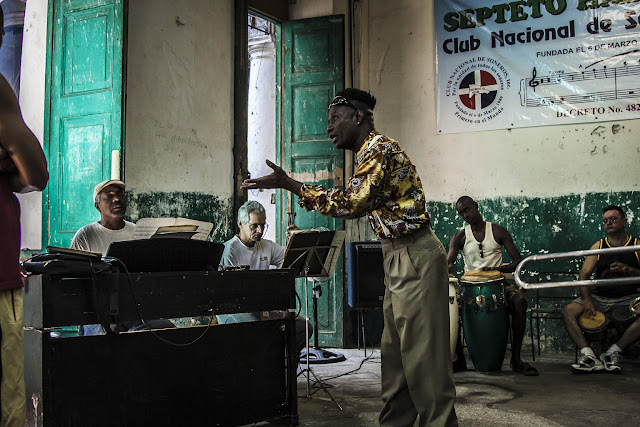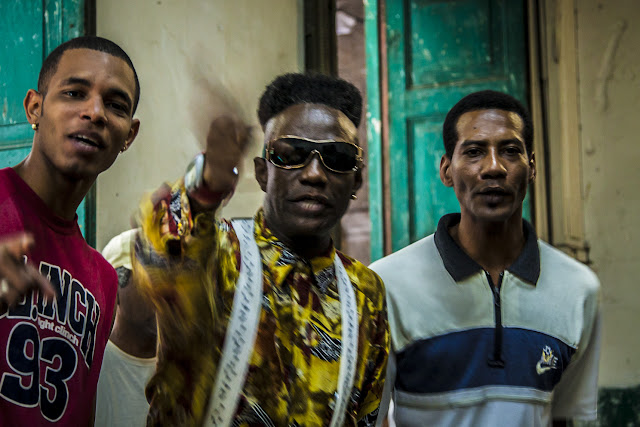Cuzco,Peru
Cuzco or Cuzco, is a must see! for 2 reasons, first for its beauty and second because is the start point to get to Machu Picchu.
 |
Church of la Compañía de Jesus
Cusco became World Heritage site by UNESCO in 1983.Cusco was the center for the Spanish colonization and spread of Christianity in the Andean world. |
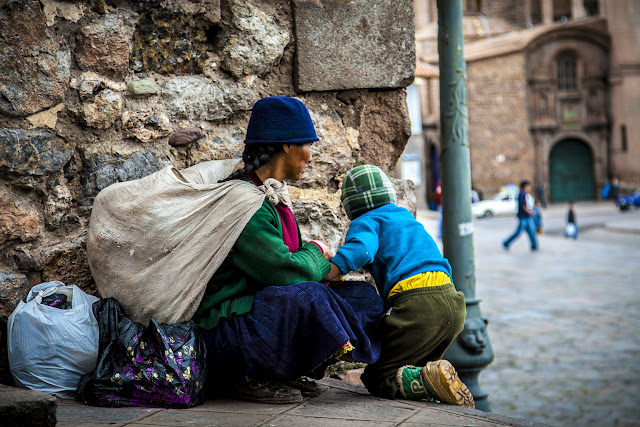 |
| Cusco elevation is around 3400 m. |
 |
| Calle Hatun Rumiyoc |
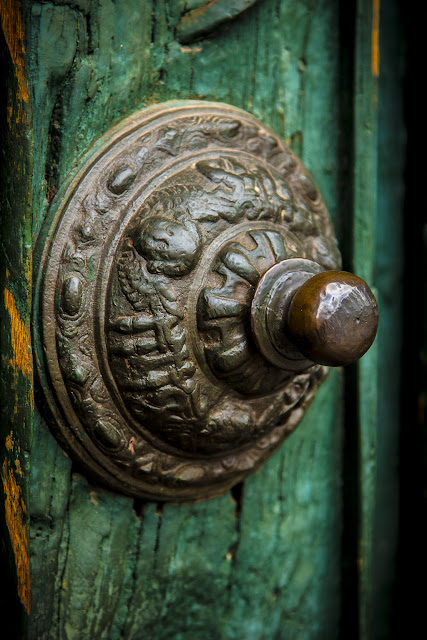 |
| Door detail of the Cathedral of Santo Domingo |
 |
| The Cathedral of Santo Domingo took almost hundred years to be completed by the Spanish Conquistadores in 1654. |
From Cusco to Muchu Picchu via Ollantaytambo
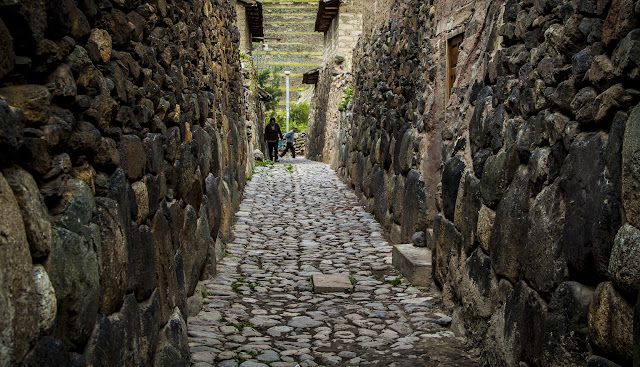 |
Ollantaytanbo is un interesting little Peruvian town half way from Cusco to Machu Picchu.
Ollantaytambo is also important for its Archeological site and is also one the starting point for the three-day, four-night hike known as the Inca Trail.
|
 |
People in Ollantaytambo are speaking Quechua mainly.
Quechua is the Andean language spoken since before the Spanish colonisation.
|
 |
Market in Ollantaytambo
|
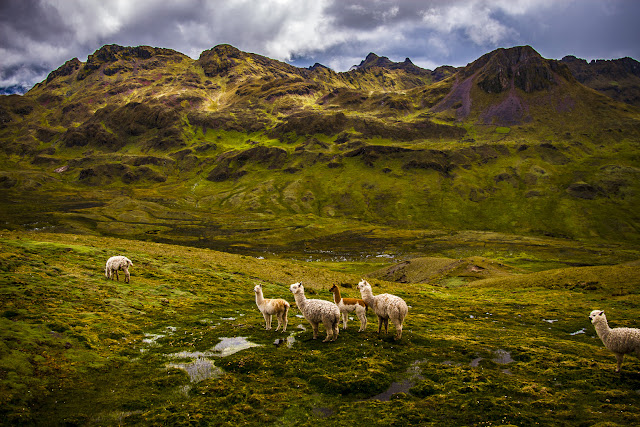 |
| Llamas in the mountains surrounding Ollantaytambo |
 |
In Ollantaytambo, I met Desiree from Amsterdam and Matika from LA. We decided to go to Machu Picchu together.
The train from Cusco to Machu Picchu was 70 USD, which is ok, compared to London prices but it's not, when you are backpacking. It was also the principle to not accept this speculation, made by a western company (The southern network including Cusco to Machu Picchu & Cusco to Puno (on Lake Titicaca). Passenger trains are run by a western company called PeruRail (www.perurail.com).The price for un other train would had been much cheaper.) who made me decide to take a longer and cheaper way to Machu Picchu.
My recommendation? Pay the bloody 70$! I ended up paying more, taking longer and risking my life walking along the rail track during the night (That was the best adventure in my life though ;-)).
Yes we did! Desiree, Matika and I, decided to walk 12 km on the rail track, from the closest point to Muchu Picchu, where a bus can drop you off, to Muchu Picchu.
I think we started from a place called "Santa Rosa". We paid some local person to take us to the Rail Track. That was risky, we didn't know those people and nobody knew we were there. The 2 men took us into the woods as the route to Machu Picchu was somewhere there in the mountains. They could have done anything to us if they wanted, but nothing happened and we found the rail track to follow.
There were not trains running at night, we were carrying all our belongings on our shoulders. I had a big 20 kg rucksack on my back, another small rucksack on my belly and a small bag with my DSLR Camera. We walked 12 km on a rail track, which is not a relaxing walk especially in a pitch dark night, I think we started at 7 pm and we arrived to Machu Picchu around 2am(We were told,after we did it, that there are of snakes in that area)
7 hours with about 35 kg on my shoulders, in order to save 70 american dollars which we didn't save as we paid for the single ticket from Machu Picchu to Cusco almost the full price for a return ticket. Considering that we had to pay for the buses to get to Santa Rosa, we actually ended up spending more :)
|

